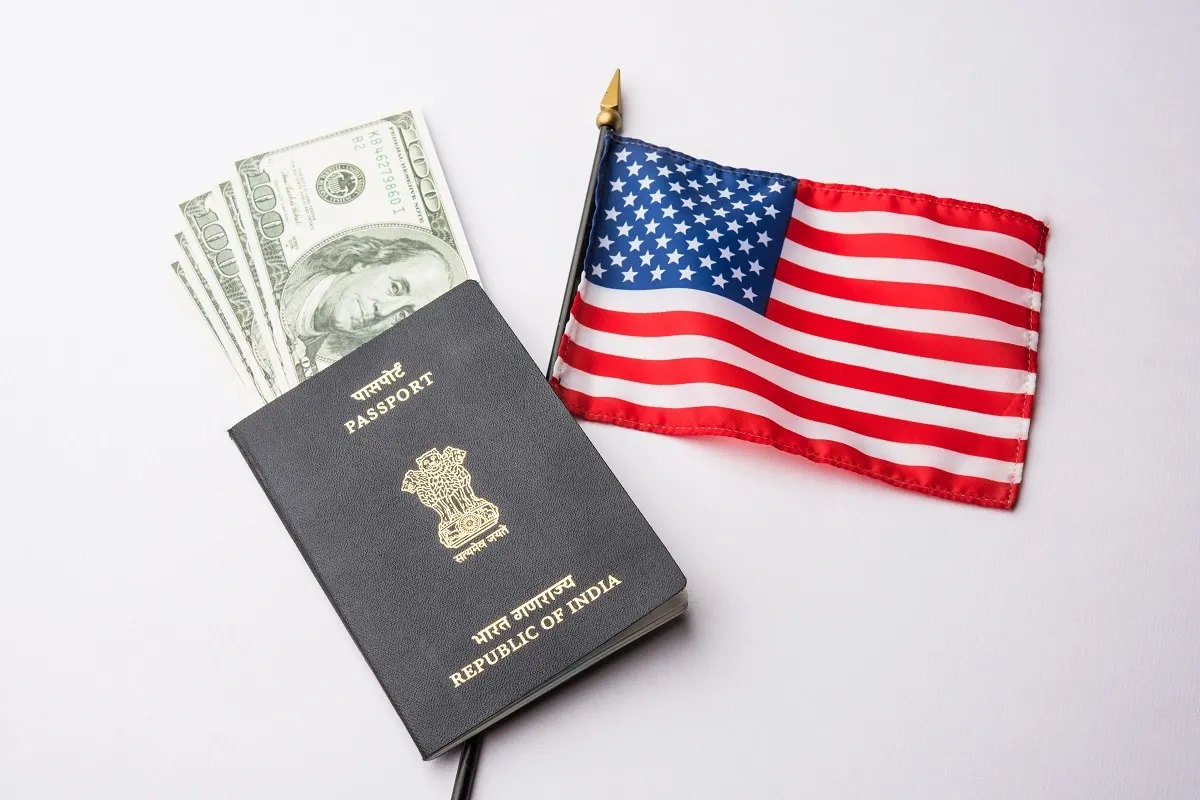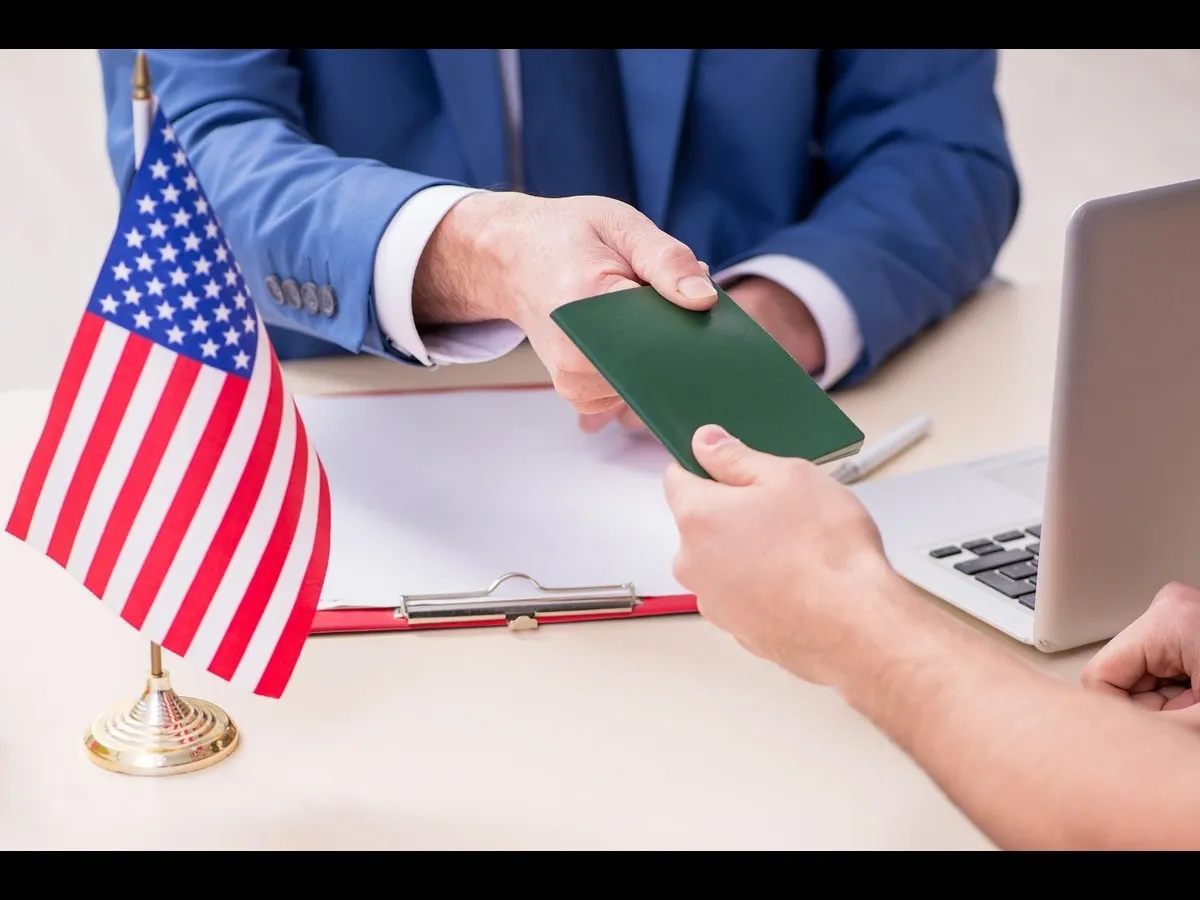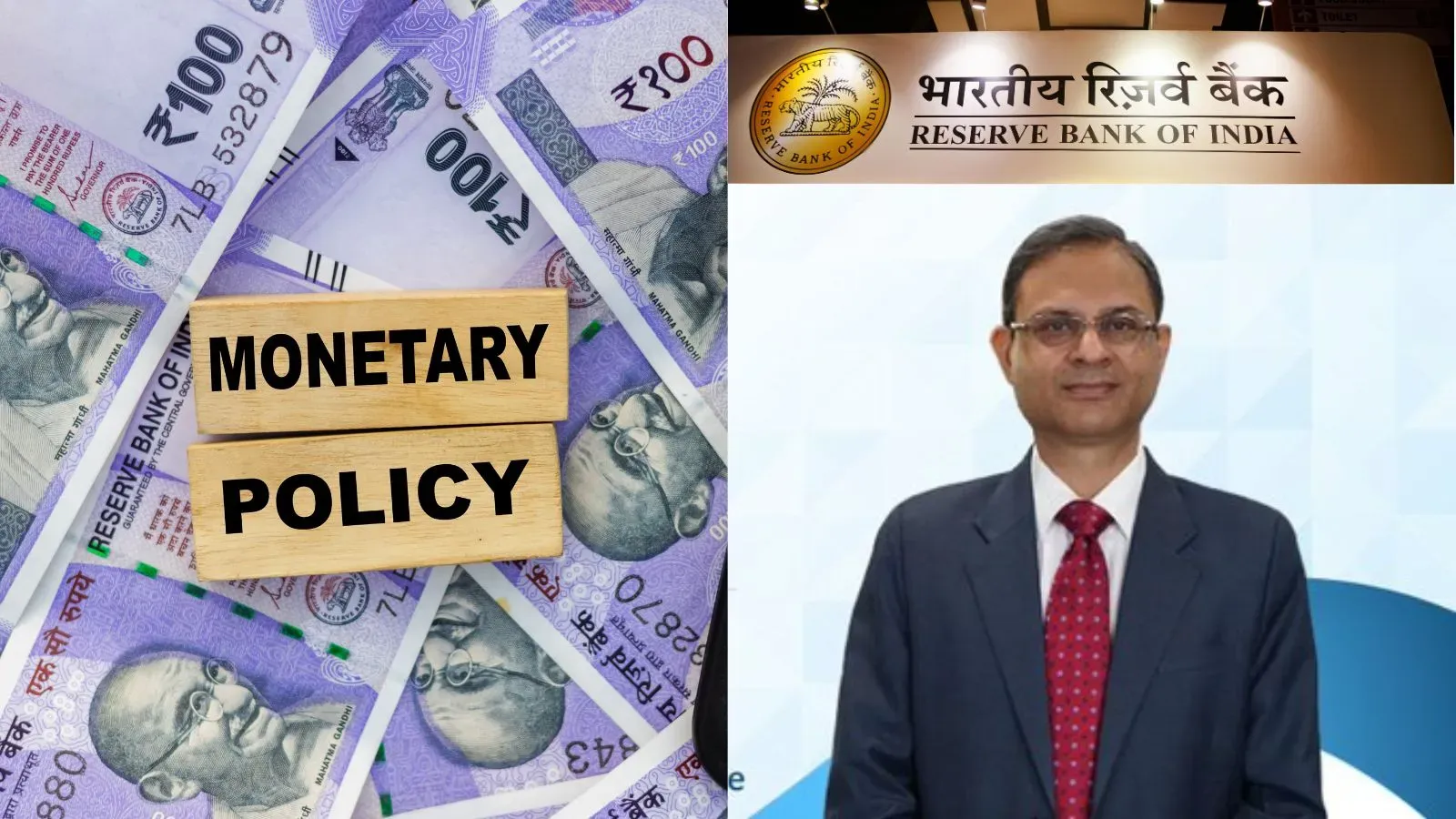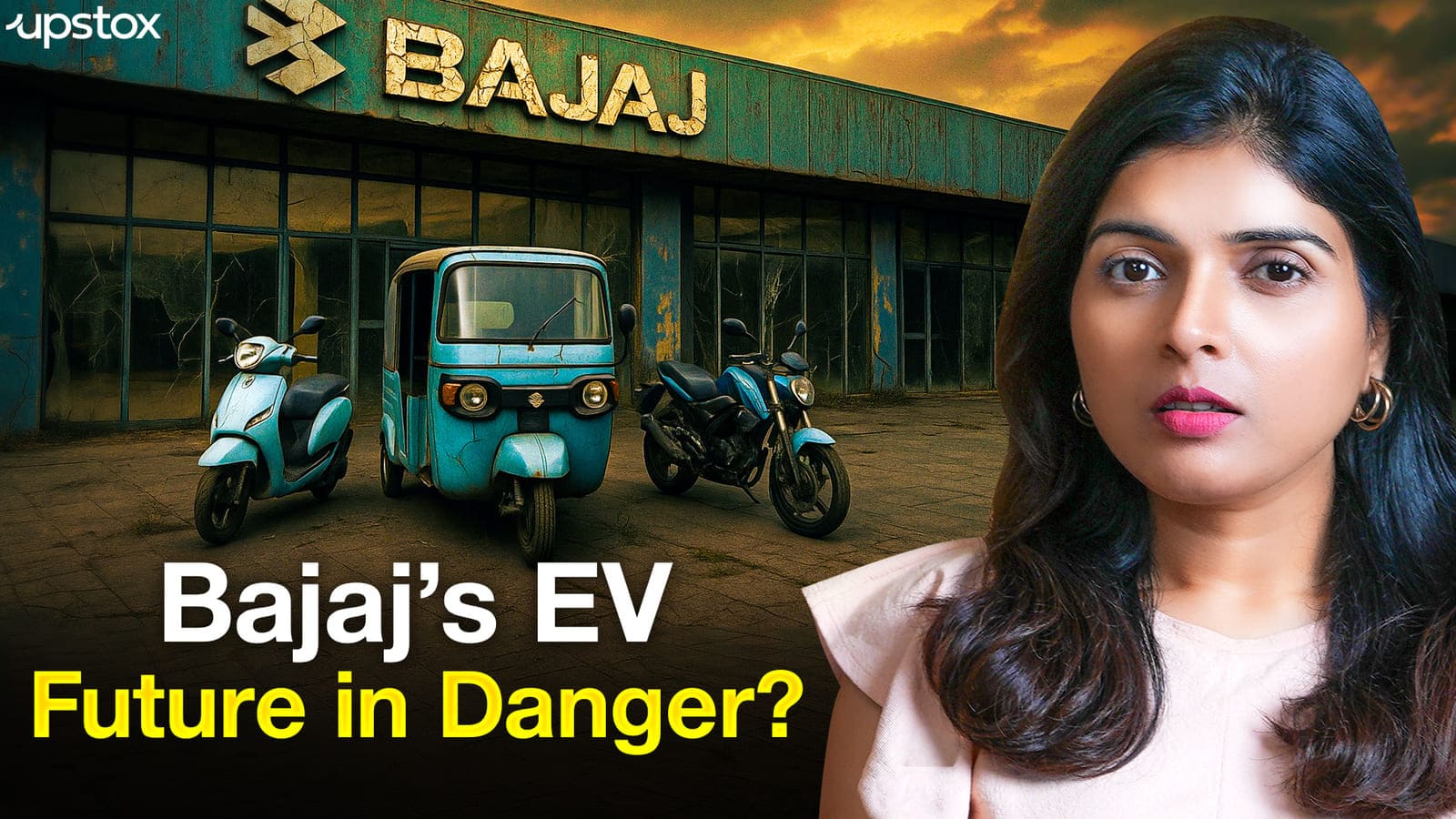Business News
What are H-1B visa rules, and why are Indians vital for US to maintain global edge? Explained

6 min read | Updated on June 27, 2025, 16:22 IST
SUMMARY
US technology companies are losing talent to other countries due to restrictive immigration policies, affecting their ability to hire Indians in key tech fields including artificial intelligence (AI). A recent survey has revealed that over 93% of tech leaders believe that high-skilled immigrants are crucial for US global competitiveness.
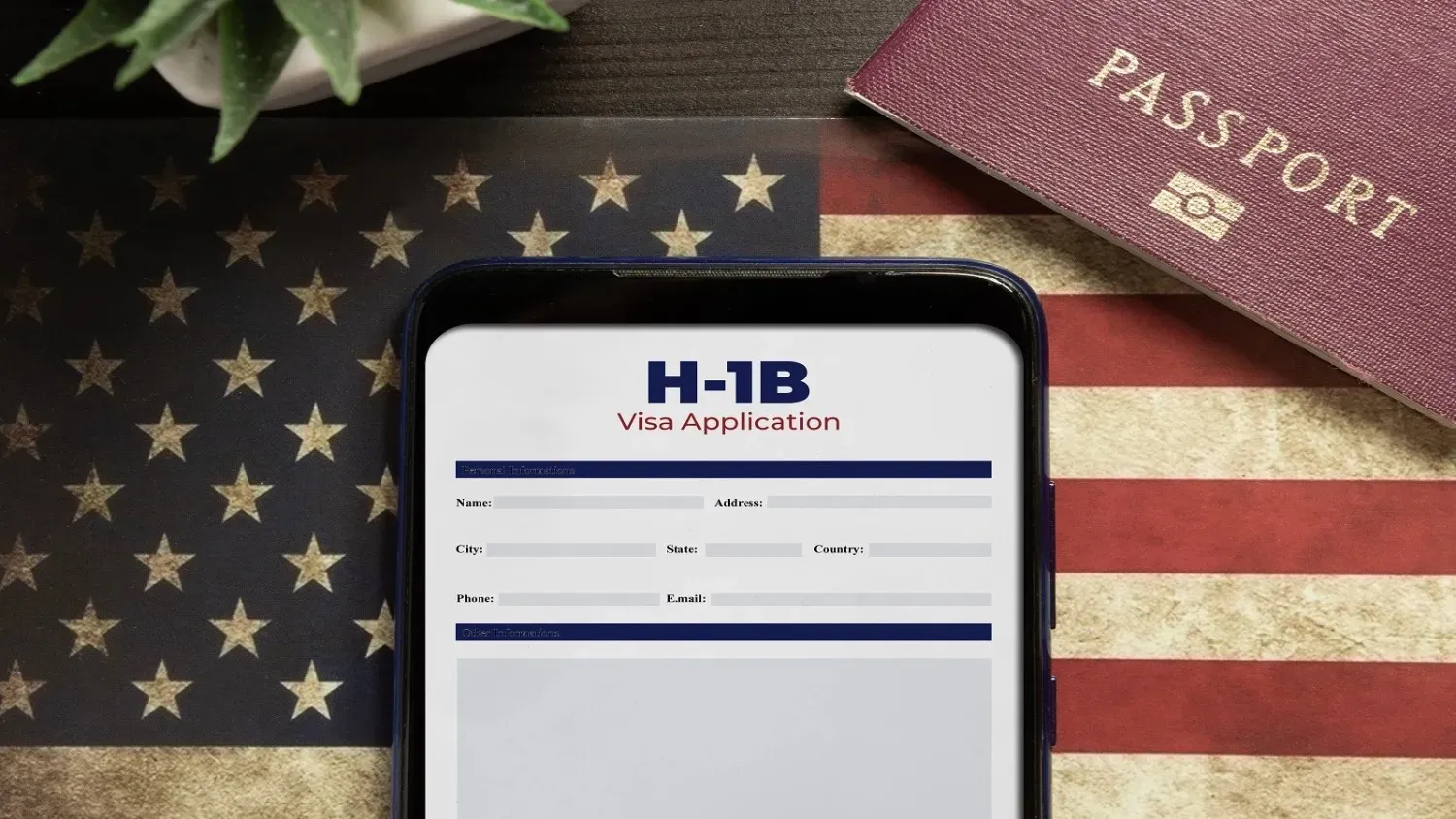
For Indians, an H-1B visa is one of the most common ways to work in the US, especially in the tech industry.
Many tech experts in the US are now increasingly raising their concerns about the immigration roadblocks that are keeping Indian talent away from the country.
A recent survey by a US-based legal firm, Manifest Law, in which over 500 senior executives in the technology sector participated, highlighted the long-term impact of the US immigration policy on the tech industry.
As per the survey, 93% of the respondents said that high‑skilled immigrants are vital for the advancement of the tech scene in the US and for global competitiveness, and 35% called their role 'critically important’ to their company’s future.
As many as 78% of the tech leaders said that the current immigration restrictions are restrictive and affect their ability to hire global talent. Notably, they added that Indian professionals are being affected the most by this. But what are the H-1B visa rules for Indians, and are they restrictive?
H-1B visa
In the US, the H-1B visa allows US companies to hire foreign workers in specialised occupations that need theoretical or technical expertise, in fields like technology, healthcare, finance, and engineering. For Indians, an H-1B visa is one of the most common ways to work in the US, especially in the tech industry. H-1B visa holders can bring their dependents (spouses and unmarried children under 21) to the US. Further, employers are the ones who sponsor H-1B visa applications.
The H-1B visa is initially granted for three years and can be extended for three more years, allowing immigrants to stay for six years. To be eligible for this visa, applicants generally need a bachelor's degree or higher in a related field and a job offer from a US company. The employer in the US must also justify that the position qualifies as a ‘specialty occupation’ and that they couldn't find a suitable employee in the US for the role.
H-1B visa rules
In recent years, the selection rate has been as low as 20-30% due to the high number of applications. Due to the random system, many highly skilled workers lose out on the opportunity to work in the US, and companies can’t get the most out of foreign talent.
Some categories, including universities, affiliated nonprofits, government research organisations, non-profit research organisations, and H-1B renewals/extensions, are exempt from the cap and the lottery system.
Even with this system, there are long waiting lists, especially for Indian nationals. Further, employees can only do the job and location in the approved petition. Any changes to the job or location require the employer to file an amended H-1B petition with USCIS.
Why is this system called outdated?
Many experts call this system outdated and unpredictable, as the modern economy needs more tech talent, which often gets blocked due to the current system. The annual cap is considered too low as the demand exceeds the supply by a huge margin, and the lottery system is arbitrary and often results in top talent losing out by chance. Due to the long green card backlog, Indians have to wait for even decades sometimes to get permanent residency.
Due to the job and location rule, workers can’t switch jobs or locations easily. This makes mobility limited and also makes things hard for immigrants working in the US.
Historically, over 70% of the H-1B visas are issued to Indian nationals. This is why the current, outdated H-1B visa rules affect the Indians the most. Even highly skilled applicants may lose the lottery and the opportunity to work in a US tech company.
Manifest Law Survey
As mentioned above, the tech leaders have a similar view that the immigration policies are too restrictive for US companies to find real talent and lose worthy applicants to other countries like Canada.
“The roles most impacted are STEM‑related—software engineers, AI professionals, hardware specialists, and even startup founders. These aren’t just workers. They are innovators. And companies are struggling to get them through the door,” ET quoted Nicole Gunara, principal immigration lawyer at Manifest Law, as saying.
The shortage in AI talent is the second biggest challenge affecting skilled immigration, after global competition for workers, the survey noted. The respondents noted that access to AI talent is crucial for long-term growth, and without better immigration policies suited to the modern economy, the US can fall behind.
The visa fee, which is covered by employers, has also increased significantly. The USCIC has increased the base fee for H-1B petitions for large employers by 70%. For the fiscal year 2025, the initial H‑1B registration cost rose from $10 to $215, as per the report.
Nearly 56% of the survey respondents supported the need for an increased H‑1B cap, and 56% advocated for the need for a new visa for venture‑backed startups. Further, 62% support industry‑specific visa programmes, while 64% want a clearer and smoother process for individuals to get green cards from student visas. As many as 74% of the tech leaders said that the immigration process needs to be simpler, and 67% supported increased investments in better technology to modernise the outdated system.
Related News
By signing up you agree to Upstox’s Terms & Conditions
About The Author
Next Story
